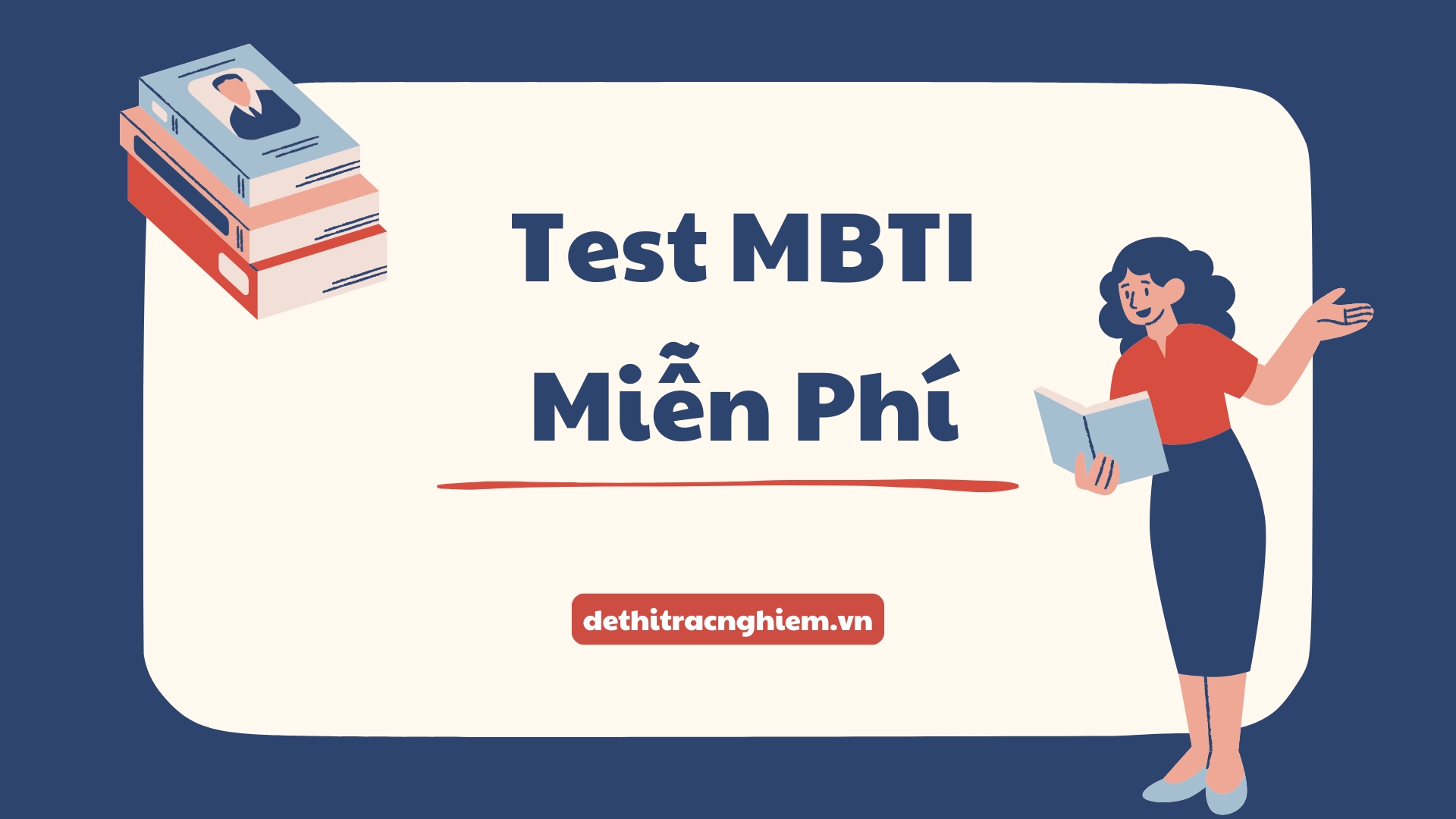Trắc nghiệm Tiếng Anh 12 Unit 3: Ways of Socialising – Reading là một phần quan trọng trong Unit 3 – Ways of Socialising của chương trình Tiếng Anh 12. Phần này giúp học sinh rèn luyện kỹ năng đọc hiểu, mở rộng vốn từ vựng và hiểu sâu hơn về cách thức giao tiếp trong xã hội.
📖 Những nội dung trọng tâm:
✅ Đọc hiểu các bài viết về các hình thức giao tiếp, sự khác biệt trong giao tiếp giữa các nền văn hóa.
✅ Kỹ năng tìm ý chính, xác định thông tin chi tiết, đoán nghĩa từ mới và suy luận từ ngữ cảnh.
✅ Luyện tập với các dạng câu hỏi phổ biến như multiple choice, true/false, gap-filling, matching headings,…
Hãy cùng Dethitracnghiem.vn khám phá đề thi này và kiểm tra kỹ năng đọc hiểu của bạn ngay nhé! 📚🚀
Trắc nghiệm Tiếng Anh 12 Unit 3: Ways of Socialising – Reading
Bài 1. Read the following passage and then choose the best answer.
Communication in general is process of sending and receiving messages that enables humans to share knowledge, attitudes, and skills. Although we usually identify communication with speech, communication is composed of two dimensions – verbal and nonverbal.
Nonverbal communication has been defined as communication without words. It includes apparent behaviors such as facial expressions, eyes, touching, tone of voice, as well as less obvious messages such as dress, posture and spatial distance between two or more people.
Activity or inactivity, words or silence all have message value: they influence others and these others, in turn, respond to these communications and thus they are communicating.
Commonly, nonverbal communication is learned shortly after birth and practiced and refined throughout a person’s lifetime. Children first learn nonverbal expressions by watching and imitating, much as they learn verbal skills.
Young children know far more than they can verbalize and are generally more adept at reading nonverbal cues than adults are because of their limited verbal skills and their recent reliance on the nonverbal to communicate. As children develop verbal skills, nonverbal channels of communication do not cease to exist although become entwined in the total communication process.
Question 1. According to the writer, ………………
A. Nonverbal language is only used by the deaf and the mute.
B. One cannot communicate in both verbal and nonverbal language.
C. Those who can listen and talk should not use nonverbal language.
D. People communicate with both verbal and nonverbal language.
Question 2. Which is not included in nonverbal communication?
A. words
B. spatial distance
C. facial expressions
D. tone of voice
Question 3. We can learn from the text that ……………
A. nonverbal can never get any responses
B. most people do not like nonverbal communication
C. even silence has message value
D. touching is not accepted in communicating
Question 4. Human beings ………………
A. have learnt how to communicate in nonverbal language through books
B. can communicate in nonverbal language only when they are mature
C. have learnt how to communicate in nonverbal language since a child
D. communicate in nonverbal language much less than they do in verbal language
Question 5. The word “reading” has a close meaning to ……………
A. looking at the words that are written
B. understanding
C. saying something aloud
D. expressing
Bài 2. Read the passage carefully and choose the correct answer.
Movements and gestures by the hands, arms, legs, and other parts of the body and face are the most pervasive types of nonverbal messages and the most difficult to control. It is estimated that there are over 200,000 physical signs capable of stimulating meaning in another person. For example, there are 23 distinct eyebrow movements, each capable of stimulating a different meaning.
Humans express attitudes toward themselves and vividly through body movements and postures. Body movements express true messages about feelings that cannot be masked. Because such avenues of communication are visual, they travel much farther than spoken words and are unaffected by the presence of noise that interrupt, or cancels out speech.
People communicate by the way they walk, stand, and sit. We tend to be more relaxed with friends or when addressing those of lower status. Body orientation also indicates status or liking of the other individual. More direct orientation is related to a more positive attitude.
Body movements and postures alone have no exact meaning, but they can greatly support or reject the spoken word. If these two means of communication are dichotomized and contradict each other, some result will be a disordered image and most often the nonverbal will dominate.
Question 1. Face gestures ……………
A. can help us control our feelings
B. are the most difficult to control
C. cannot express our feelings
D. do not include eyebrow movements
Question 2. Body communication is ……………
A. visual
B. verbal
C. very few
D. uncommon
Question 3. According to the text, body movements cannot express ……………
A. feelings
B. status
C. attitudes
D. desires
Question 4. Nonverbal communication ……………
A. may be interrupted by noise
B. has no relation to verbal communication
C. dominates words
D. is less common than verbal communication
Question 5. Which part of body is not used to send body messages?
A. faces
B. legs
C. hands
D. stomachs
Bài 3. Read the passage carefully, then choose the correct answers.
The dramatic growth of the world’s population in the twentieth century was on a scale without parallel in human history. Most of this growth had occurred since 1950 and was known as the population “explosion”. Between 1950 and 1980 the world population increased from 2.5 to over 4 billion, and by the end of the twentieth century the figure had risen to about 6.6 billion. Growth of this size cannot continue indefinitely. Recent forecasts suggest that the total population will level out at between 10 and 15 billion in the mid-twenty-first century. Already there are encouraging signs that the rate of increase in many less developed countries is beginning to slow down.
Question 1. According to the passage, at no period in human history has there been ……………
A. a population explosion of the magnitude as the one in the twentieth century
B. a universal fear about the future of man
C. as comprehensive a study of population problems as the one envisaged now
D. so much consensus among nations concerning the population of the world
Question 2. In 2000, the world’s population was about ……………
A. four billion
B. six billion
C. ten billion
D. fifteen billion
Question 3. It is pointed out in the passage that the increase in the world population ……………
A. is expected to continue even faster until 2050
B. will not continue into the next century
C. has been going on noticeably since 1950
D. has been much faster in the industrialized countries
Question 4. The phrasal verb “level out” in line 8 means ……………
A. to make something equal
B. to make amounts be of higher level
C. to stop moving up or down
D. to stay at a steady level
Question 5. It has been forecast that, by the middle of the twenty-first century ……………
A. the world population will be stabilized at around 10 to 15 billion
B. the rate of population increase will have doubled the 1950 rate
C. the population growth rate in less developed countries will be much higher
D. various measures will have been taken to encourage population growth




